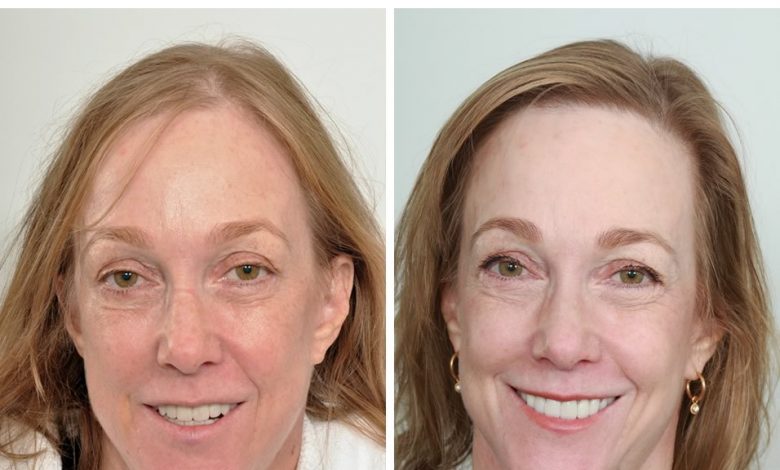Does The Hair Transplant For Females Help Overcome Baldness?

Women suffering from female pattern baldness have several types of hair loss patterns. It is hard to deal with balding, but there are solutions for each problem related to your hair loss. Female pattern baldness is a condition that happens in women who are suffering from androgenic alopecia. Female hair loss is a result of several things. For instance, female pattern baldness differs from the mass shedding of telogen effluvium. Keep reading to learn more about female hair transplant before and after and whether they help overcome female baldness.
What is Female Pattern Baldness?
The female pattern starts when the growing phase slows down. It also takes a longer period for new hair to start growing. Hair follicles will then shrink, which causes hair to grow thin and fine. Which then makes your hair easily break. People suffering from female pattern baldness shed more hair than average, but complete baldness is less likely. Learn more on how to treat female pattern baldness with hair transplant.
Hair Transplant for Female Pattern Baldness
A hair transplant procedure is a more permanent solution to treat female pattern baldness. The procedure involves a surgeon taking hair follicles from the back of the scalp to the balding areas of the scalp. Usually, this surgery is done under local anesthesia in the doctor’s office. Pattern baldness is usually the main cause of hair transplants, which is a result of genetics. The other causes are a result;
- Diet
- Stress
- Ailment
- Hormonal imbalance
- Medications
Different Types of Hair Transplants
Hair transplant has two different procedures. These are FUT or FUE. Follicular unit extraction (FUE) involves collecting hair follicles from the back of your scalp and transplanting them individually. Follicular unit transplantation is where the surgeon cuts a strip of skin and uses it for transplantation. Getting a hair transplant surgery can help in improving your appearance and self-confidence. The best candidates for this treatment include;
- Men suffering from male pattern baldness.
- Women with thinning hair.
- People who lost some hair from a burn or a scalp injury.
But if you are suffering from widespread pattern baldness throughout your scalp, you are not an ideal candidate for this procedure. Also, you are not an ideal candidate for this surgery if you lack enough donor hair.
Hair Transplant Procedure
During the hair transplant process, the surgeon will thoroughly clean your scalp using tiny needles and numb the surgery area using local anesthesia. During the surgery, your surgeon will use one of the two main hair transplant techniques: FUE and FUT.
Follicular unit transplantation (FUT)
- Your surgeon will utilize a scalpel to cut a strip of the skin from the back of the scalp. Incisions used are usually some inches long.
- It is then closed with stitches.
- Your doctor will then separate the removed portions into smaller sections with a magnifying lens and a sharp surgical knife. After the transplantation, the sections will give you natural-appearing hair growth.
- During the follicular unit transplantation, hair follicles will be harvested directly from the back of your scalp using small punch incisions. During the surgery;
- Your surgeon will create tiny holes using a blade or a needle in the recipient area. They will then carefully insert hair follicles in those holes.
- In one treatment session, the surgeon will transplant several hair follicles.
- After this procedure, the graft, gauze, or bandages will cover your scalp for some days.
This procedure takes about four hours to complete. The stitches are then removed after ten days of the surgery. You might need up to four sessions to get a head full of hair. The sessions will happen several months apart to enable each transplantation to heal fully.
Conclusion
Hair transplant before and after results will be visible after about three to six months. But immediately after the surgery, your scalp might be sore, so you might require some medications. Most people return to their regular activities after a few days. You should consider a hair transplant for permanent results if you suffer from female pattern baldness. But you will need to schedule a consultation session with your surgeon to help determine if you are an ideal contender for this surgery.



